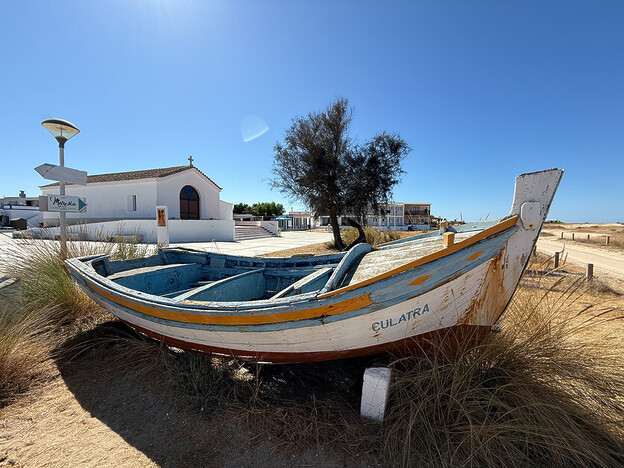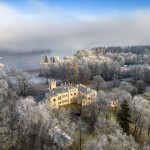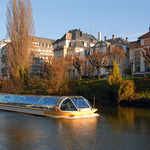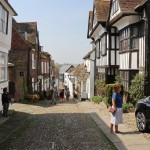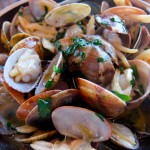Lynne Coates discovers some of the region’s lesser known destinations in her personal guide to the Algarve.
I have a window seat on the plane for an aerial view, and, as we descend towards Faro airport the Algarve coastal landscape is a stunner, with its tidal ebb and flow revealing a shimmering myriad of mini-lakes and sandy coves. It’s past summer holiday season and whilst most of my fellow passengers are clearly visiting for the golf, I am joining a small group of fellow travellers to discover what the Algarve has to offer visitors away from the coastal resorts.
Olhão
Thirty minutes’ drive from Ombria brings us to Olhão, where we meet our guide, Diana, an enigmatic local with a vast knowledge of the area and the people who inhabit it. Olhäo, not an obvious tourist spot, is an authentic small port with an historic connection to Portugal’s fishing industry. A walk from the waterfront, takes us down the narrow streets of the Bairro dos Pescadores (fisherman’s quarter), with now-defunct canning factories, where walls covered in giant murals, depict the roles of men and women who worked in the factories.
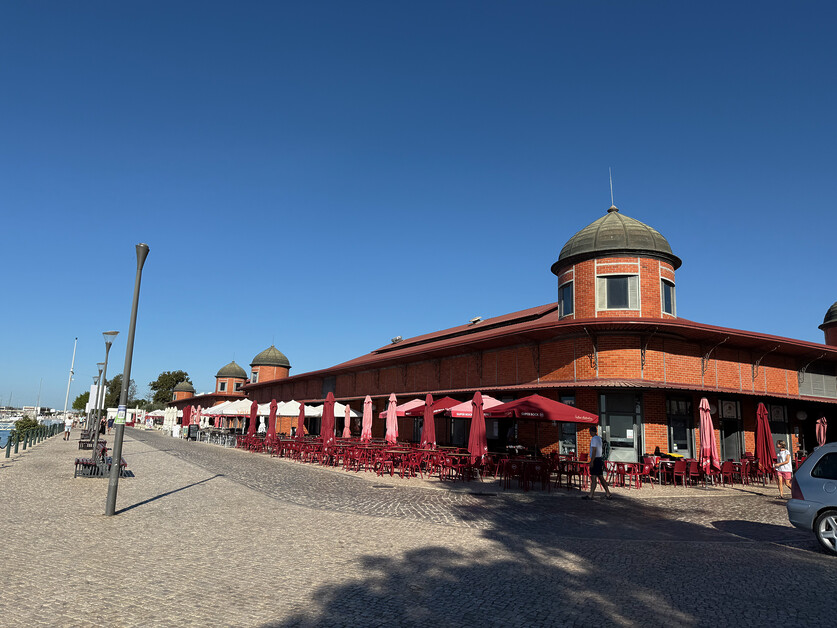
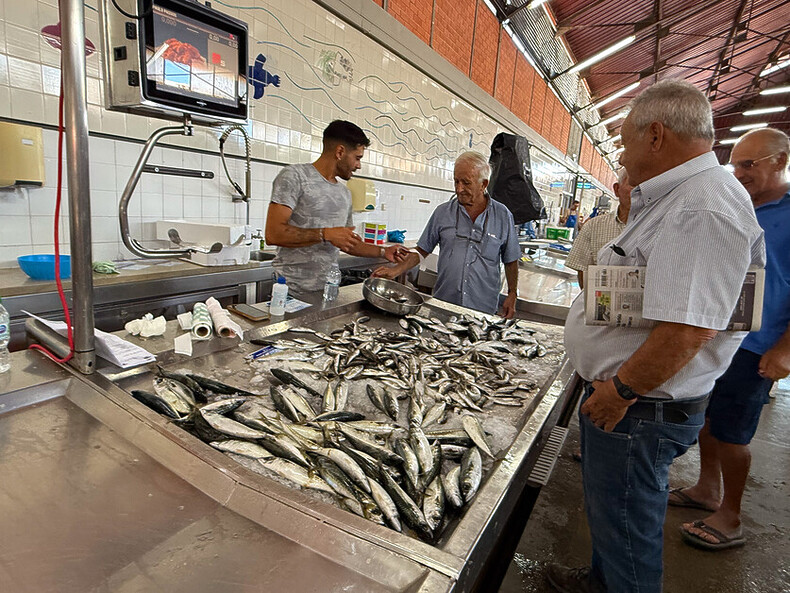
Diana points out a grand house, with a plaque honouring the doctor who used to occupy it, apparently now an Airbnb. We see more houses converted similarly. Diana assures us it has brought economic benefits to the town. By the waterfront, we visit the town’s iconic red-brick building that houses the most important fish market in the Algarve, a vibrant meeting place for the locals. Its huge fish hall offers a massive selection of fresh seafood, and, next door, delicious herby aromas from the fresh local produce hall, temp me to buy.
Culatra and Farol Islands
From Olhão harbour, we take a water taxi to visit two very special small islands in the Ria Formosa National Park. Culatra is a vehicle-free, traditional fishing village with pristine beaches. The island is entirely solar powered and committed to sustainability, conservation, and protecting the environment. Oysters are its main source of income using traditional fishing methods to protect the species.
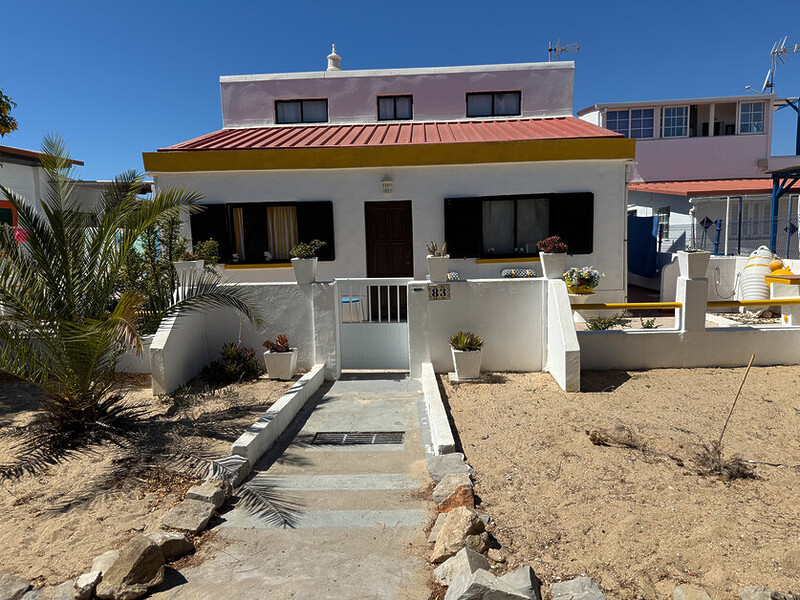
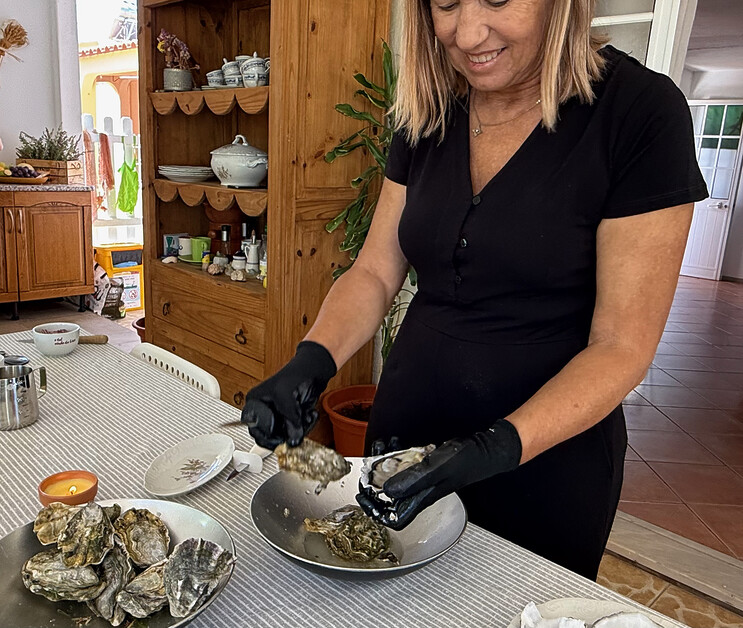
We meet the president of the island, Sylvia, who kindly invites us to her house for lunch, where oysters are on the menu. I don’t eat oysters, though my fellow travellers assure me they are delicious, instead I enjoy Bacalhau à bras, a typical Portuguese dish made with cod, fried potatoes and egg.
We take a stroll around the village, where most of the inhabitants are involved in the fishing industry, before hopping back on the boat to visit nearby Farol Island, also known as the Lighthouse Island. Farol has a distinctly bohemian vibe, with shack-like restaurants, beach bars, and brightly coloured cottages. We follow a winding path past random sculptures, and gardens full of bric-a-brac, that lead us down to unspoilt stretches of soft-white sandy beaches.
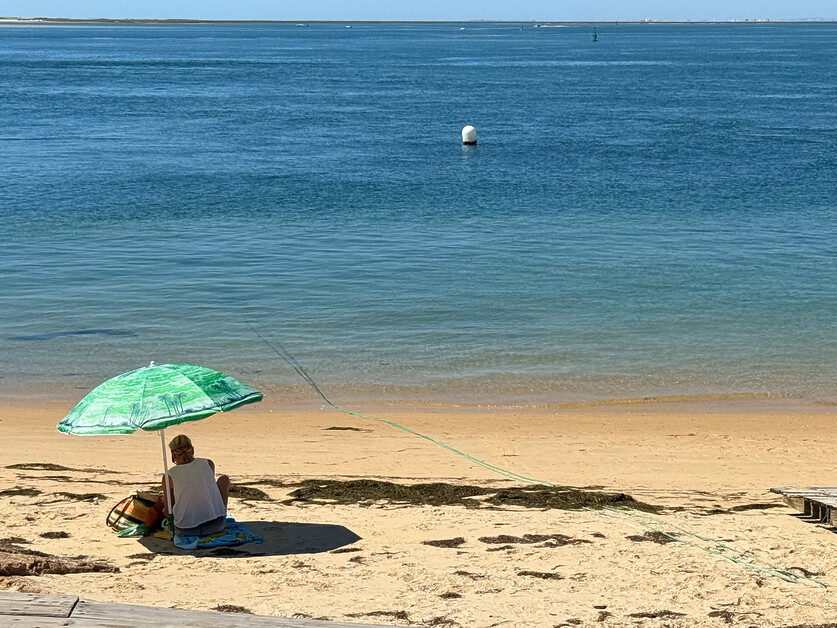
Envious of those swimming in the crystal-clear Atlantic waters, I wish I had brought my swimsuit. The islands encourage tourists, though they are expected to respect the protected environment. Ferries from Olhão operate a shuttle to and from the islands throughout the summer months.
The Seven Hanging Valleys
We arrive at Praia da Marinha to see the famous Seven Hanging Valleys, (Percurso dos Sete Vales Suspensos). Though too hot to hike (temperatures in the 30c’s when we visited) we manage steps down the cliffs for staggering views of the extraordinary jagged coastline known as a ‘karst’ landscape.
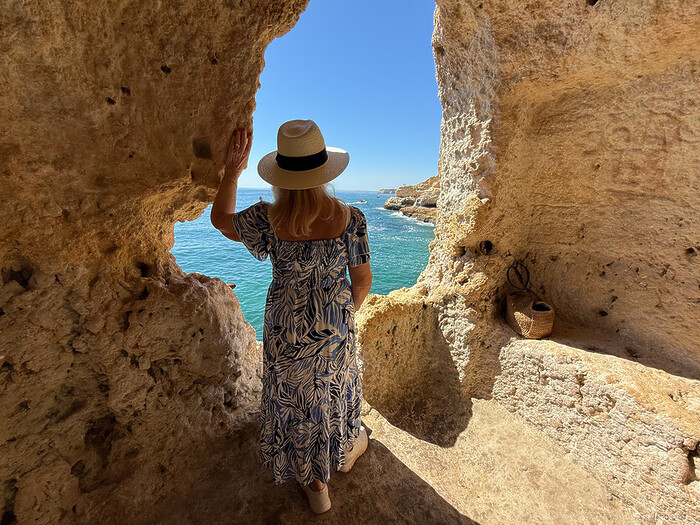
The ‘Hanging Valleys’ were created by the gradual coastal erosion of ancient riverbeds that once flowed through the limestone cliffs. Stunning beachy coves lie beneath this geographical masterpiece, with sea caves and stony arches protruding from an azure sea, delivering a spectacular vista. Visitors can take boat trips to see the caves and grottos, though most come for the hiking trails, with different routes along the coast from Praia da Marinha to Vale de Centianes.
Monchique
A guided jeep safari tour takes us up steep mountain roads through the stunning, Serra de Monchique. On route, Vasco, our guide, takes to see us the ‘Megalithic Necropolis of Alcalar’, an archaeological site consisting of ancient tombs spread over ten hectares, and classified as a national monument.
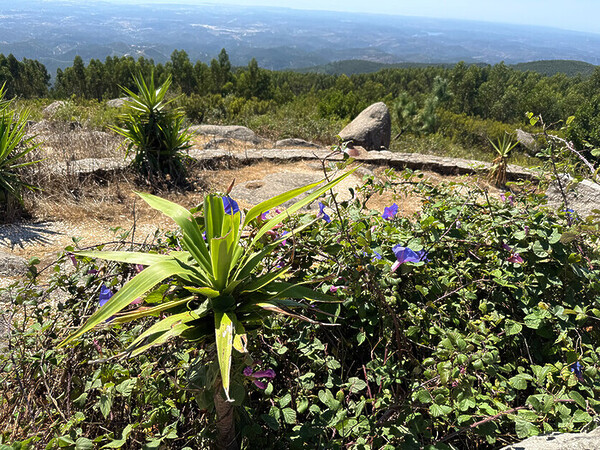
Further up the mountain we stop at Picota viewpoint, for a 360-degree panoramic view of the Algarve coast. As the road narrows, we drive through dense forests of cork oak, and the medronho trees that grow wildly in the rural areas of the mountains producing a strawberry-like fruit. We visit a distillery where the berries are made into a traditional brandy-like spirit, Aguardente de Medronho, known as ‘firewater’ – for good reason as I find out when I try a shot.
Morgado do Quintão
I do enjoy a wine-tasting, who doesn’t? and lunch under the shade of an ancient olive tree, in the Morgado do Quintão vineyard, proves memorable. Dedicated to the culture of indigenous grapes, such as Negra Mole and Crato Branco, using chemical-free organic methods, the vineyard has produced some excellent award-winning wines.
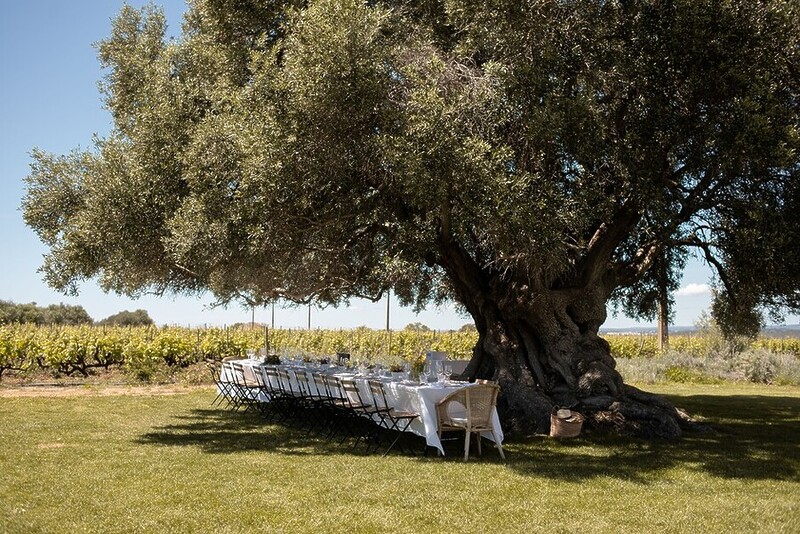
With a glass of the delicious, white Negra Mole, in hand, we are given a tour of the vineyards. Cottages on the estate where visitors can stay, are surrounded by vines, olive, fig, and almond orchards, the Portuguese call it ‘tranquilidade’ – I call it perfect!
Images (C) Lynne Coates.
Tell me more about this Guide to the Algarve
Visit Algarve has more information on the region.
Tours:

